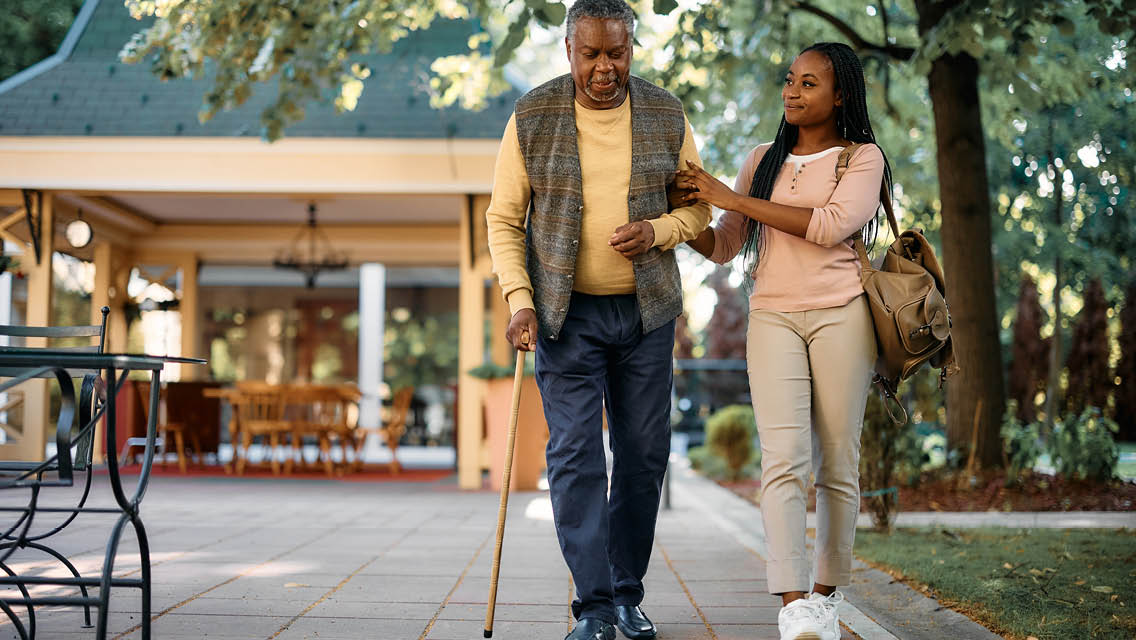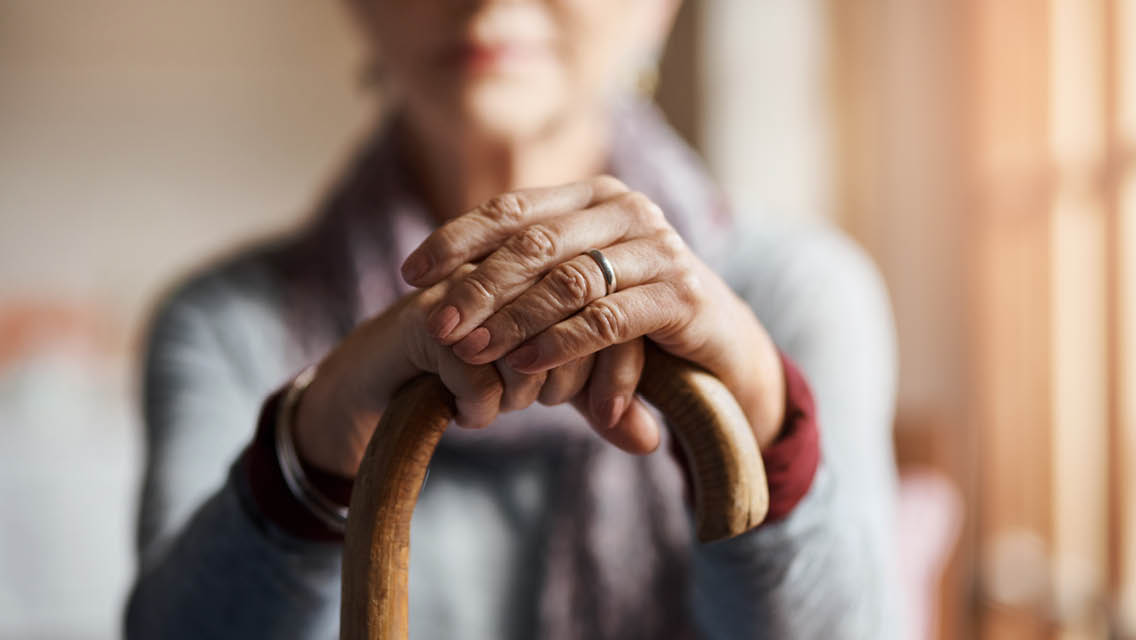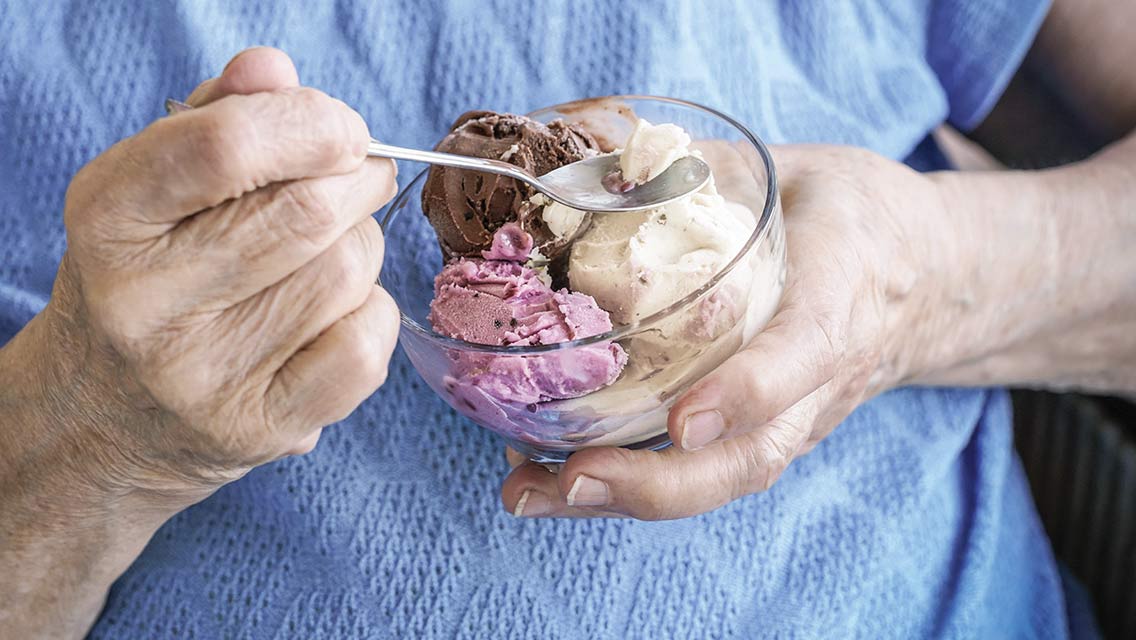Caring for aging or ailing family members carries considerable financial, emotional, and socioeconomic costs, as outlined in reports from the American Enterprise Institute/Brookings Institution and the Aspen Institute. The majority of caregiving responsibilities weigh on the shoulders of women — especially women of color. And many caregivers are often forced to take time away from their jobs to fulfill these responsibilities. The 2020 reports detail the breadth of caregiving in the United States — and some of its hidden costs.
- 33 million: Approximate number of Americans — about 10 percent of the population — responsible for providing care for another adult.
- 3 out of 4: Number of caregivers to older adults who oversee medication management. Additionally, some 65 percent also assist in medical functions or duties at home. Family caregivers rarely have the necessary training to administer certain drugs or medical treatments.
- 30%: Percentage of a typical family’s income spent on additional outside caregiving services in some states.
- 10: Average number of hours per week spent tending to a family member by caregivers already working 40 hours a week.
- 67%: Percentage of participants at the start of a study of 280 family caregivers who suffered from depression. Younger caregivers tended to be more depressed than the rest. “One of the study’s most important findings is that caregivers of critically ill family members may still be at risk for clinical depression for months, if not years, after the crisis is over,” an analysis from Harvard Health explains.





This Post Has 0 Comments